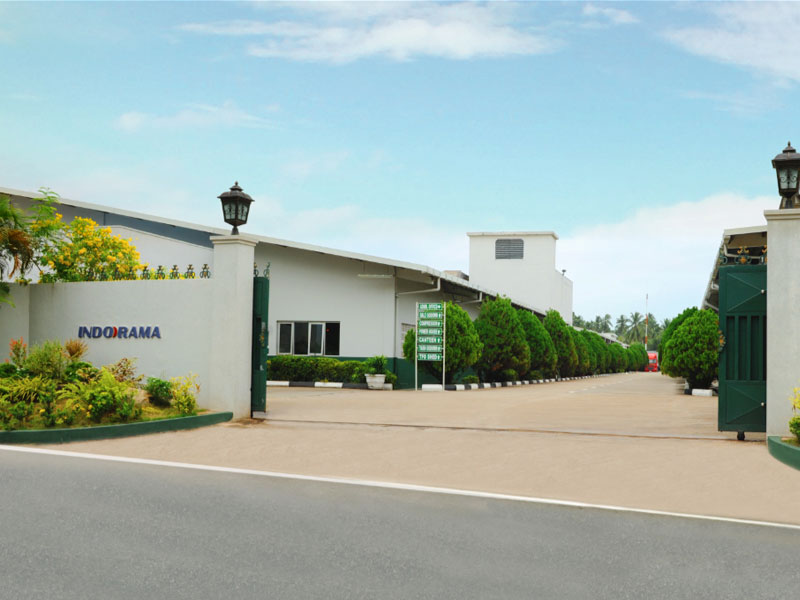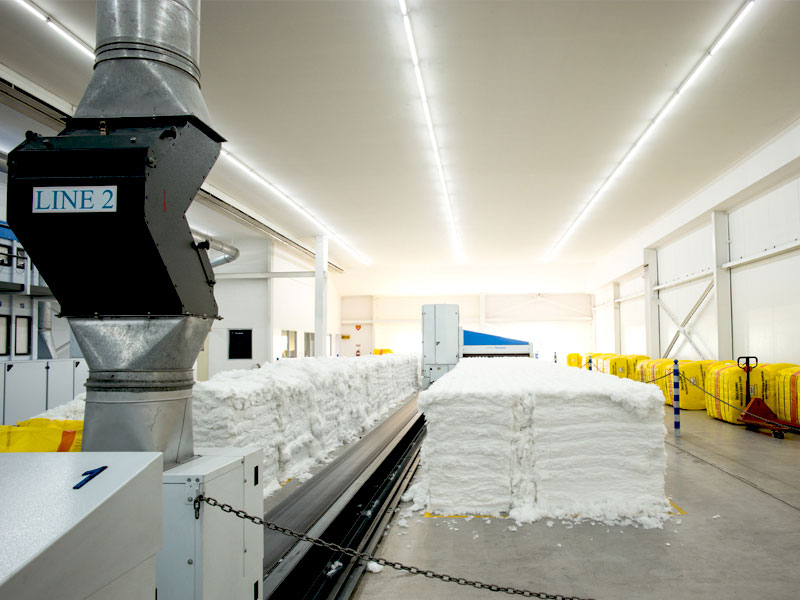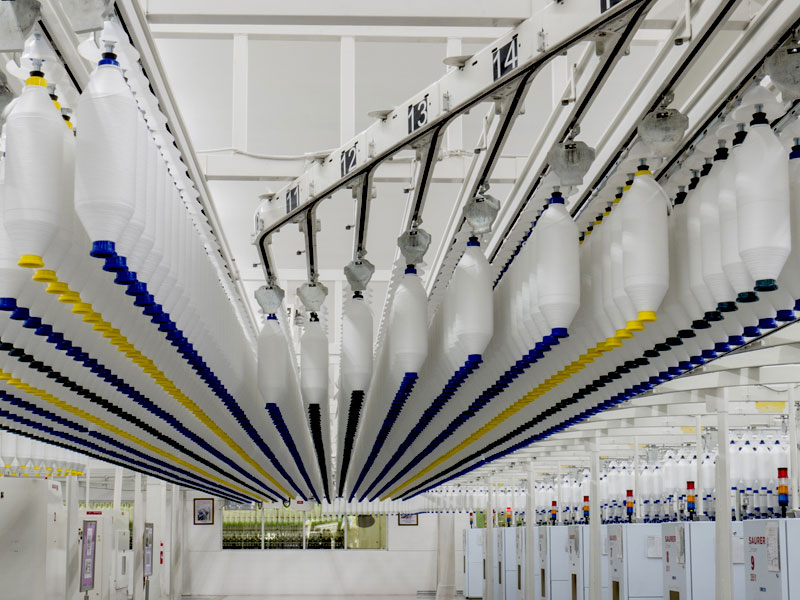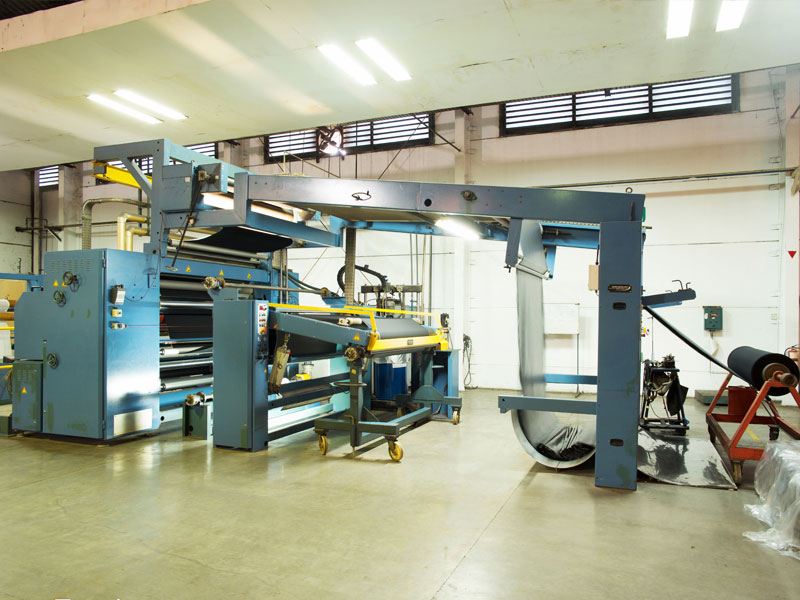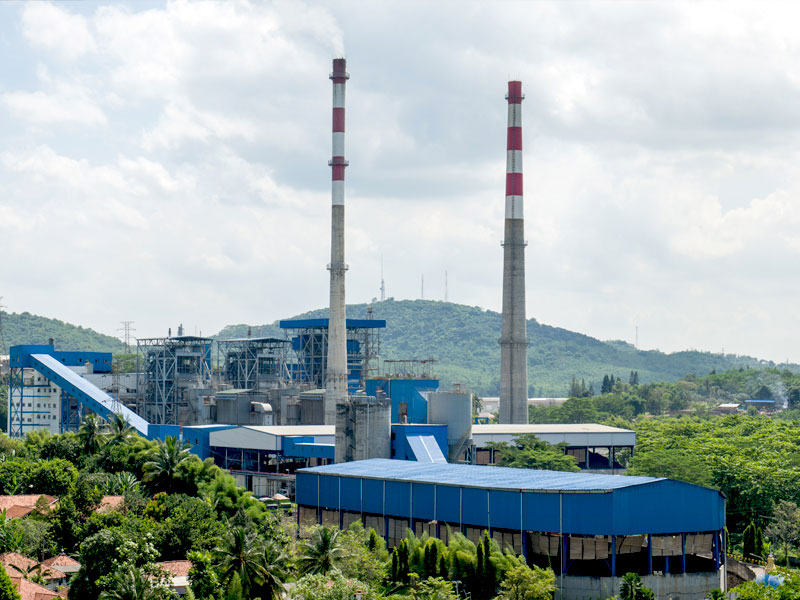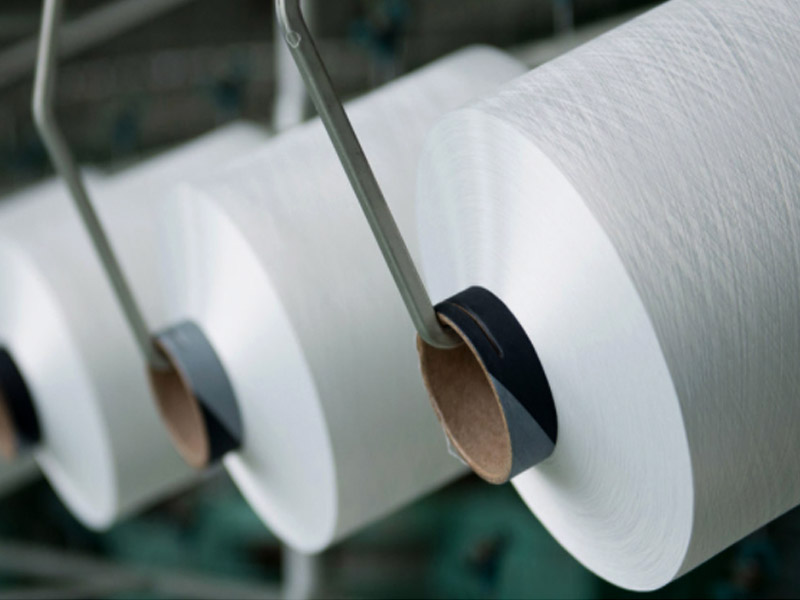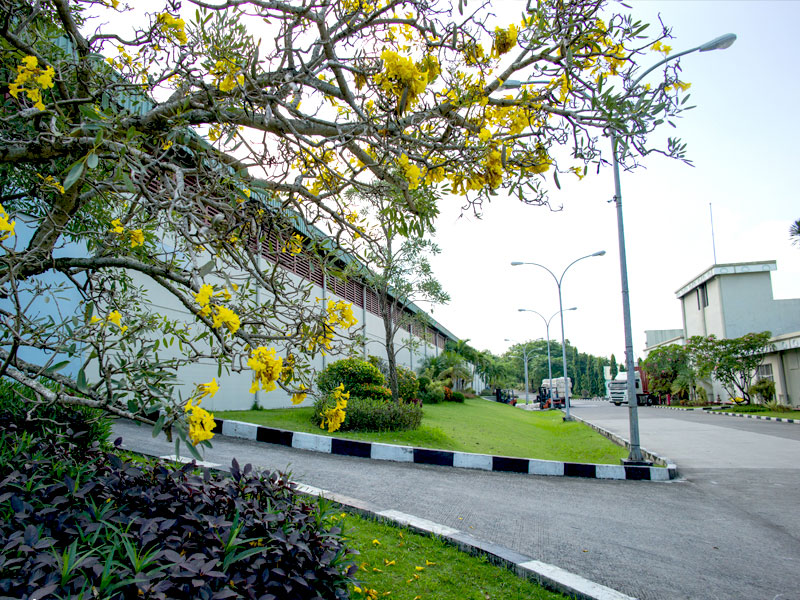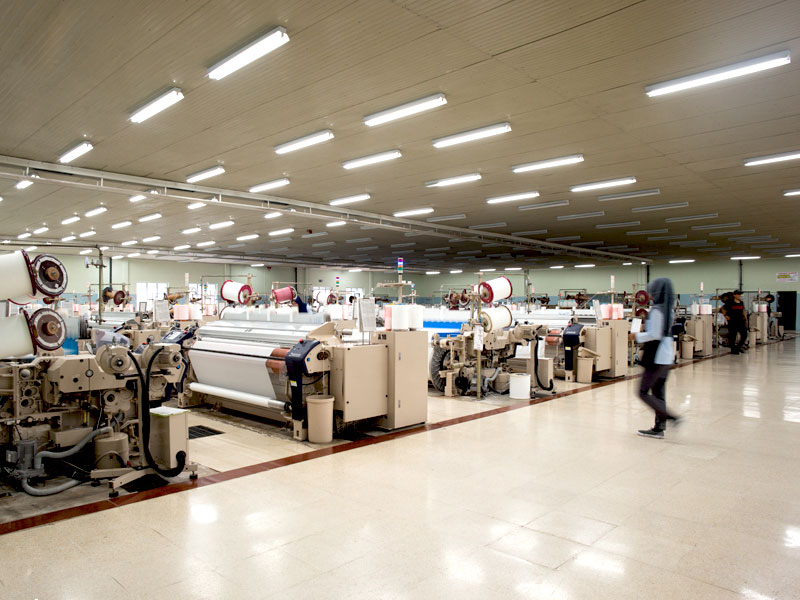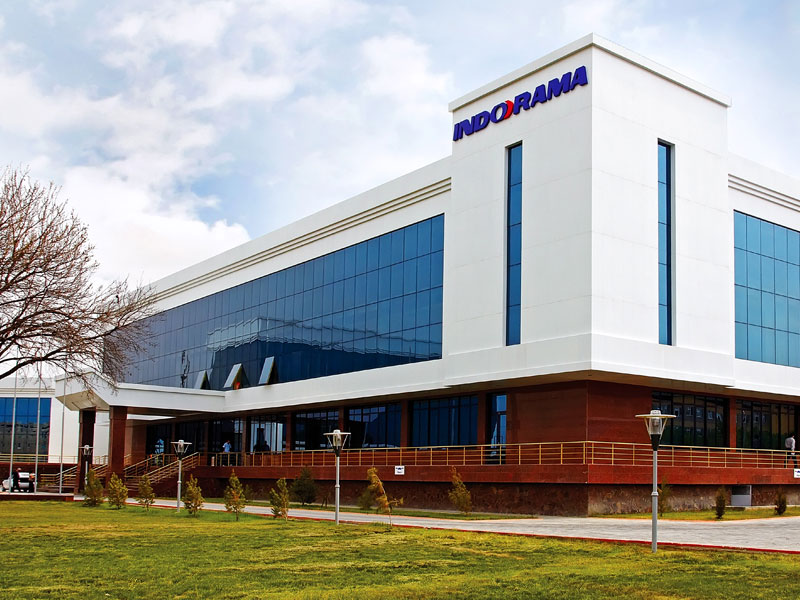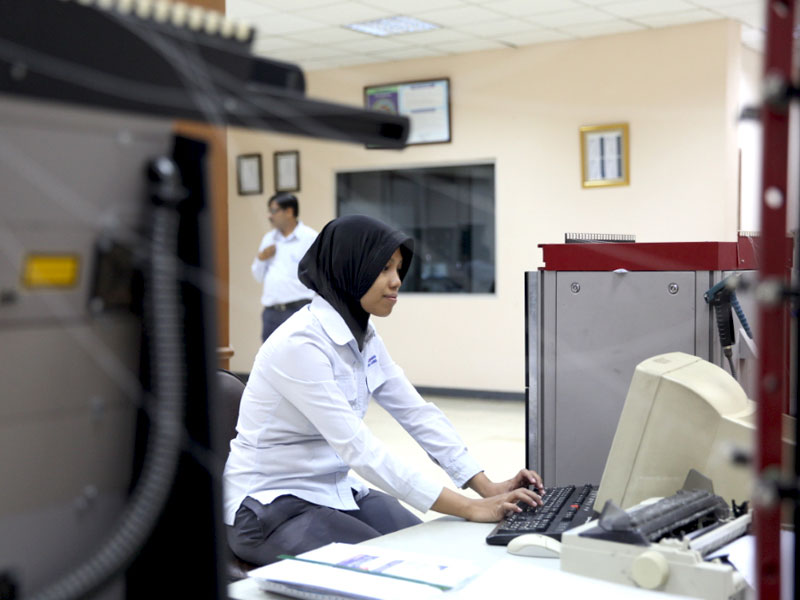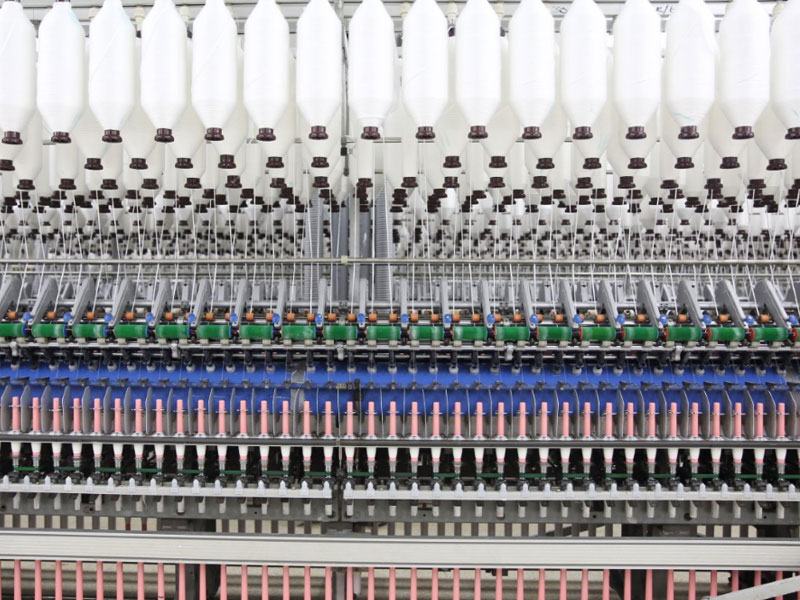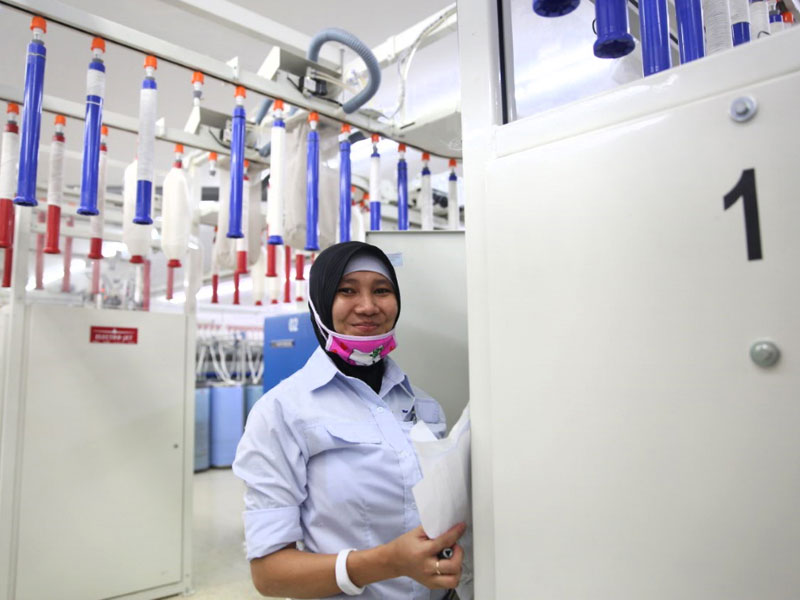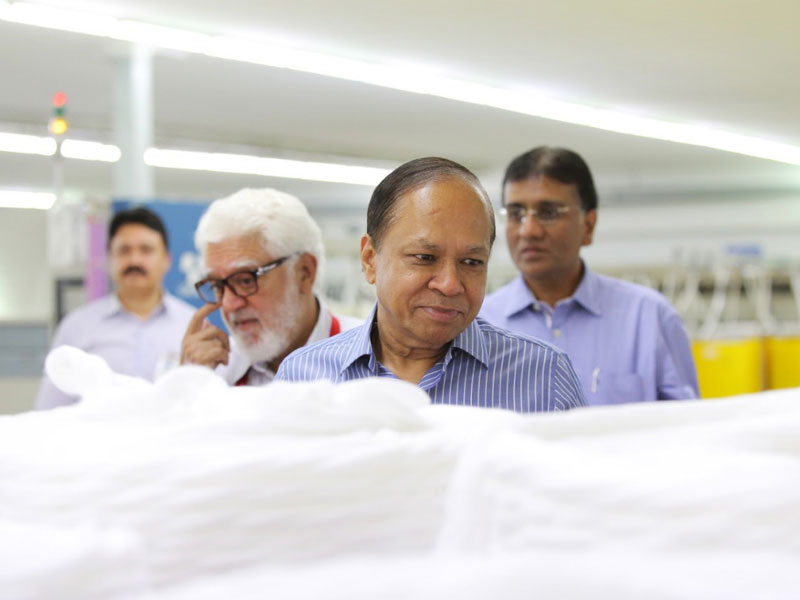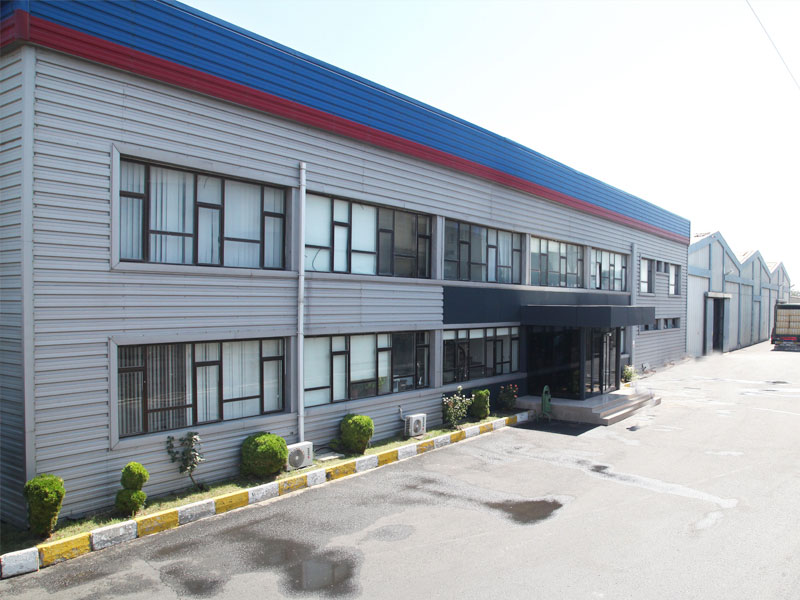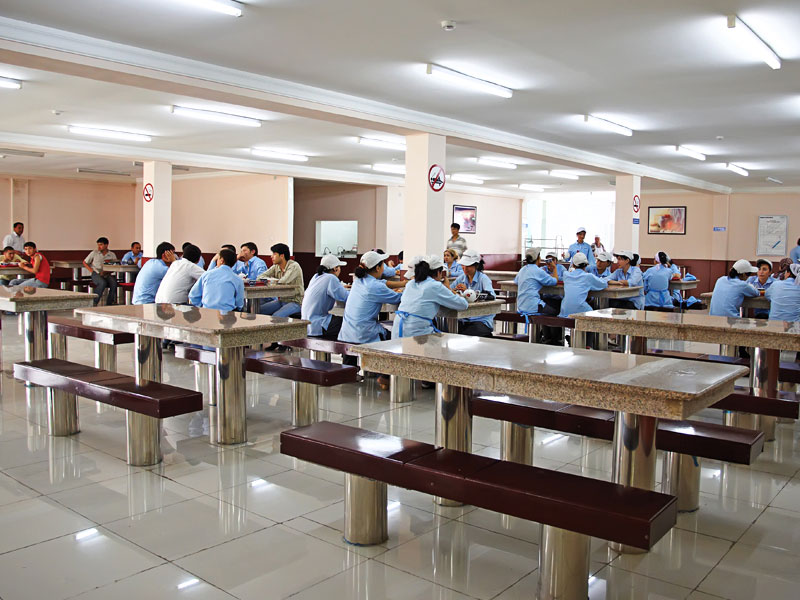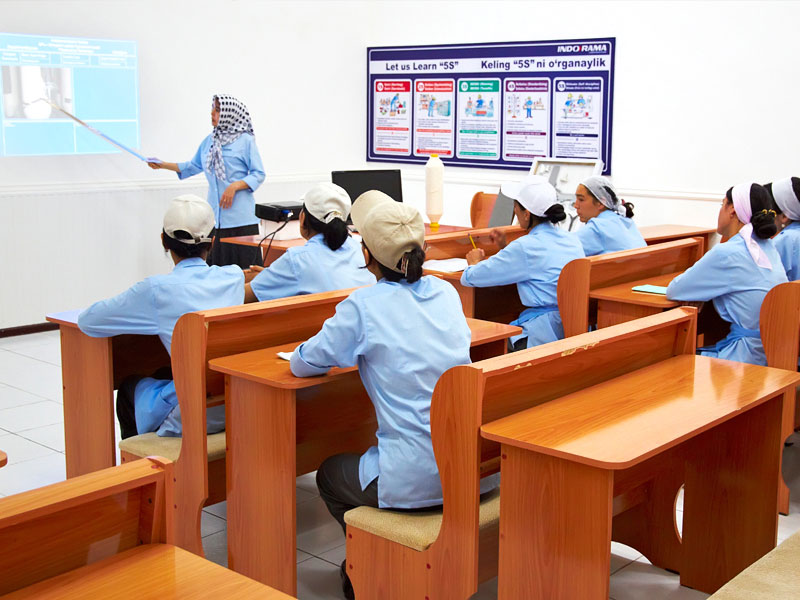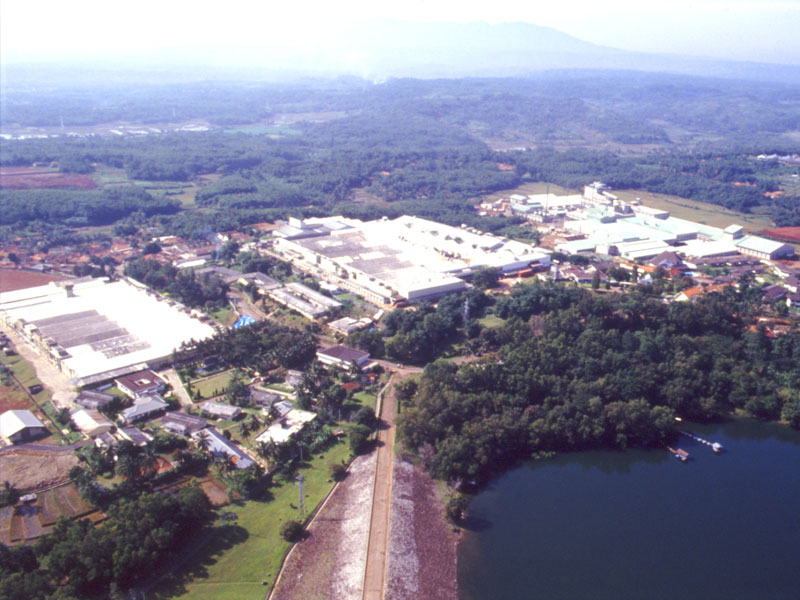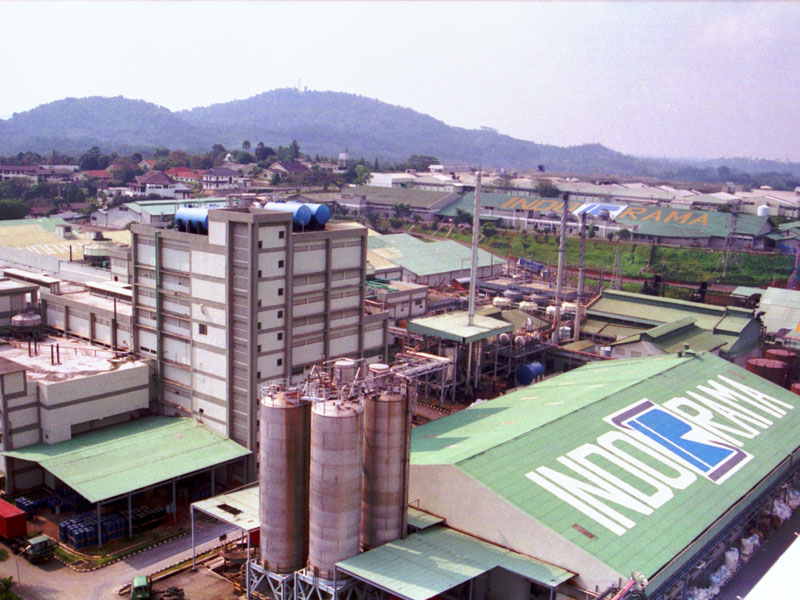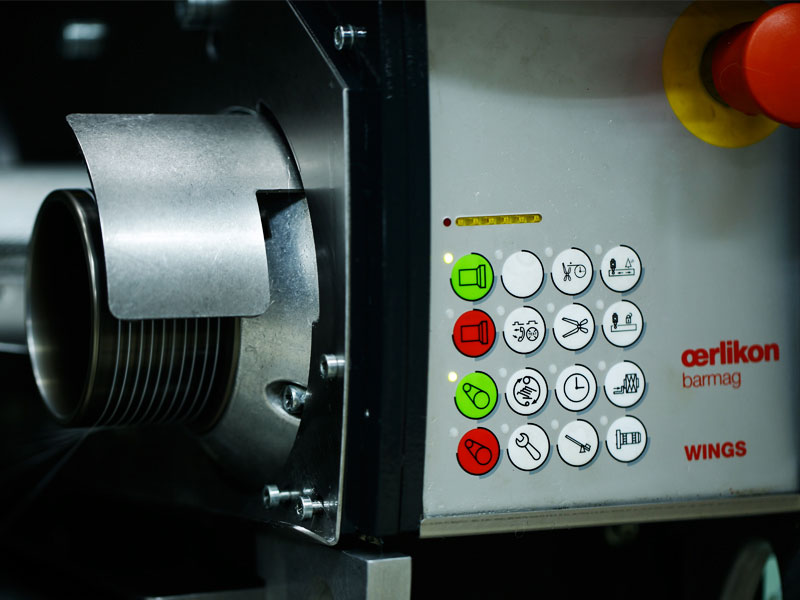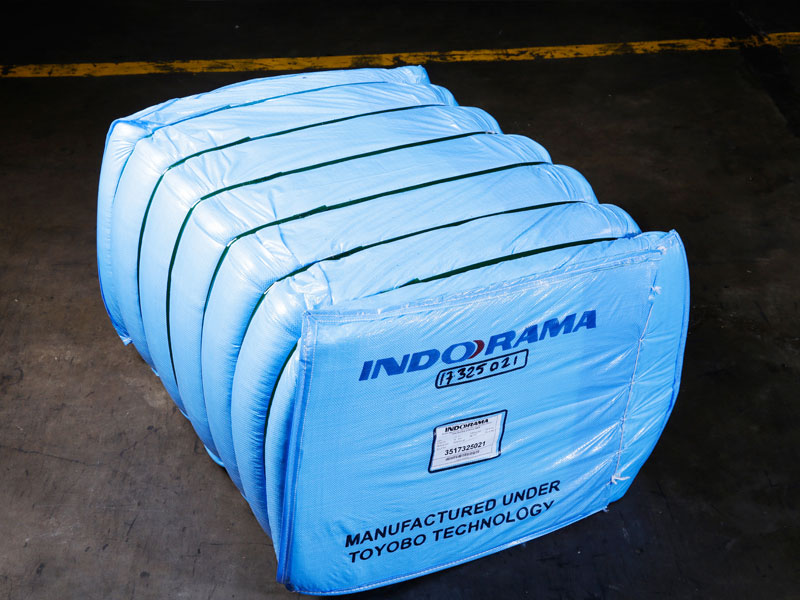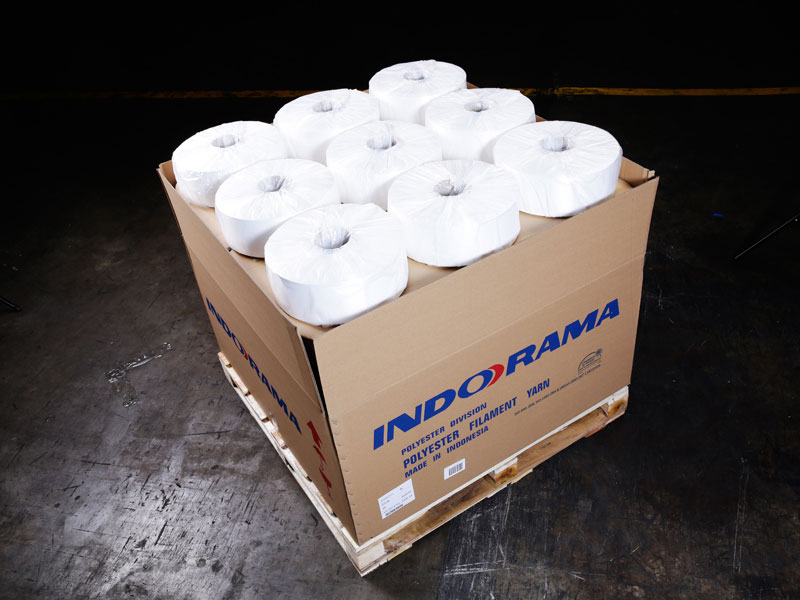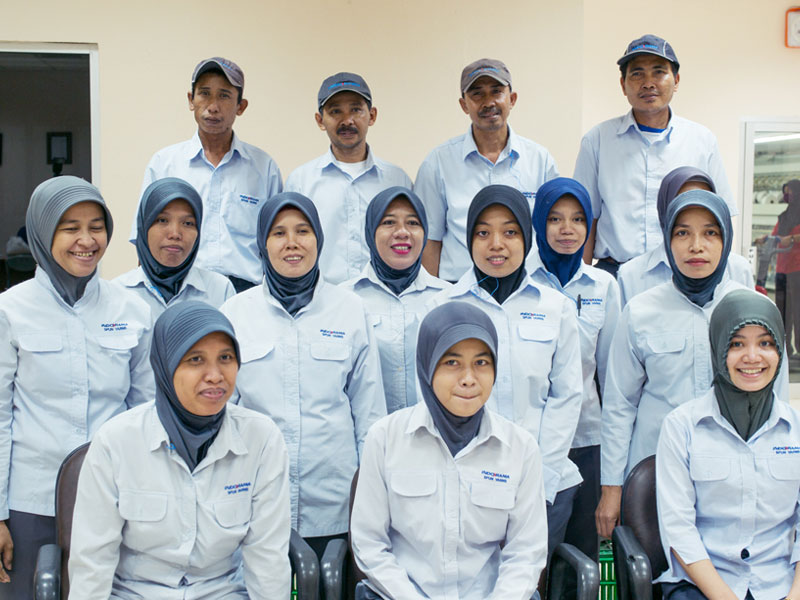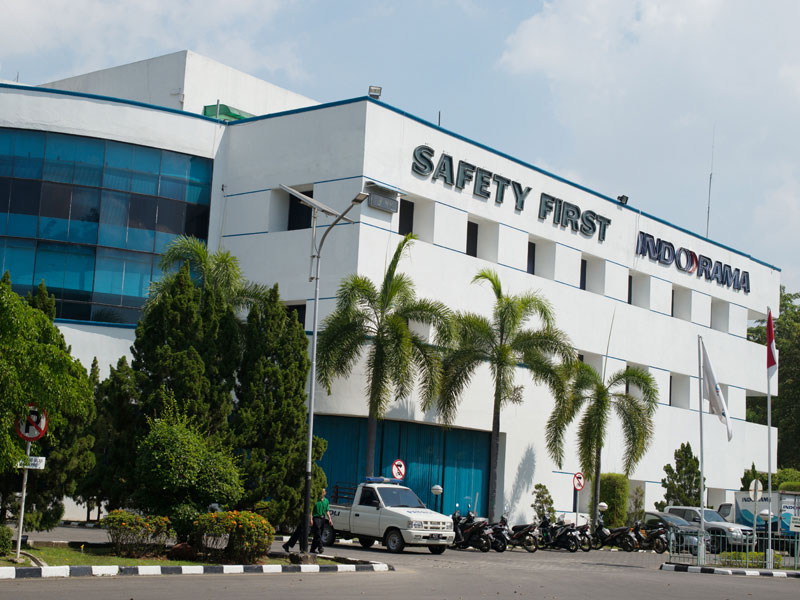AFFILIATED COMPANIES

PT INDO-RAMA SYNTHETICS TBK
IndonesiaPT INDO-RAMA SYNTHETICS TBK is one of the largest producer of textile raw materials in Indonesia. It started as a producer of spun yarns in 1975. It then pioneered the manufacture of polyester staple fibers and filament yarns in Indonesia in 1991 and the production of PET Resins in 1995. Today, the company also produces spun yarns internationally in Turkey and Uzbekistan, in addition to producing polyester fabrics in Indonesia. The company also has its own captive thermal power plant at its main manufacturing complex in Purwakarta. IRS takes pride in being one of the most technologically advanced spun yarn manufacturers in the world using state-of-the-art and fully automated equipment from world class vendors such as Rieter, Trützschler, Murata and Uster. The company produces cotton spun yarns, synthetic spun yarns, and cotton open end yarns. In polyester, the company produces both solid and hollow staple fibers and has a wide range of specialty and non-specialty filament yarn products.

PT INDO-RAMA SYNTHETICS TBK
Indonesia| Production Capacity Polyester Staple Fiber Polyester Filament Yarns Polyester Chips PET Resins Spun Yarns Fabrics |
140 KT 85 KT 25 KT 100 KT 155 KT 54 MM Meters |
| Key Raw Materials | PTA, MEG, Cotton |
| # of Employees | c. 7600 |
| Year Started | 1975 |
| Subsidiaries | Indorama Kokand Textiles (Uzbekistan) Indorama Iplik (Turkey) |

PT INDO-RAMA SYNTHETICS TBK
IndonesiaSpun Yarns
Spun yarns are made from natural fibers such as cotton and man-made fibers such as polyester, rayon, and nylon. Different fibers can be blended together in different proportions to achieve different yarn properties and characteristics. Once the fibers are blended, they undergo a series of physical processes wherein contaminates s are removed and the fibers are transformed into uniform strands of yarns by mechanical processes of pulling, stretching, twisting, and winding.
Most of Indorama’s spun yarns are made using the conventional ring spinning process. However, we also utilize the open-end process to make open end yarns. Indorama also spins sewing threads using high tenacity polyester fiber.
Please click here to see the steps in the spun yarn production process.
Polyester
Polyester is created by combining ethylene glycol and terephthalic acid. When the two raw materials are combined under high temperatures and low vacuum pressure, long chains of the polymer are formed. As the mixture becomes thicker, the chains grow longer. Once the appropriate chain length is achieved, the reaction is stopped. The resulting spaghetti-like strands of polyester are then extruded, quickly cooled, and cut into small pellets. Alternatively, it can be extruded further into staple fiber or filament yarn. Staple fiber is mass produced on large draw lines and then cut into short fibers of different lengths, ranging from 32mm to 51mm. Also, the cross section of the fiber can be customized during the extrusion process to yield different performance characteristics. Filament yarns are made using a single step process (SDY) or a two-step process (POY and DTY). They are customized based on different parameters such as denier, cross section, luster, intermingling, and special finishes. In order to make PET resins for food and beverage packaging, the resins must have a higher intrinsic viscosity (IV) than conventional polyester. This is achieved by an additional process called SSP during which the IV of the resins is increased to suit the packaging industry.
Please click here to see the steps in the polyester production process.
Please click here to see the steps in the PET production process.
Woven Fabrics
Woven fabrics are produced by combing two set of yarns, the warp yarns and the weft yarns, on weaving machines called looms. The warp and weft yarns undergo a series of preparatory steps before they can be used on the looms. Once the fabric is produced, it is dyed or prepared for dyeing and given desired finishes before it can be cut into garments.
Please click here to see the steps in the weaving production process.
Please click here to see the steps in the PFP production process.


